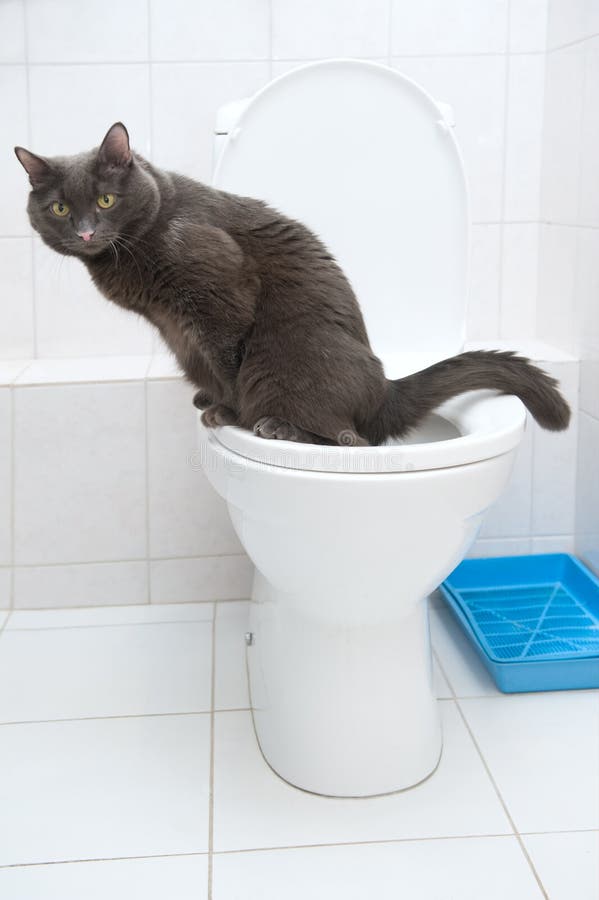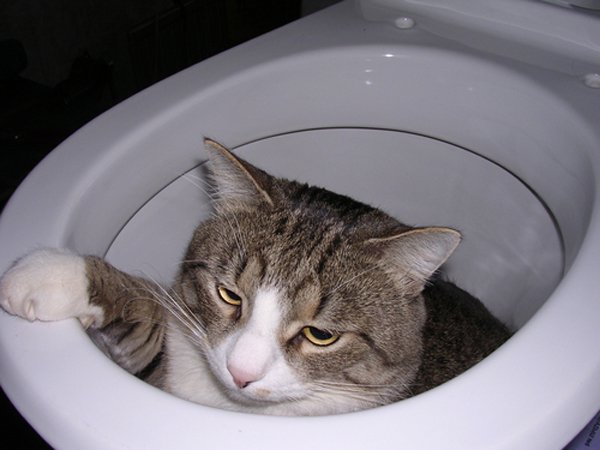Highly-Rated Factors to Refrain from Flushing Animal Waste Down the Toilet
Highly-Rated Factors to Refrain from Flushing Animal Waste Down the Toilet
Blog Article
What are your thoughts regarding 4 Reasons Why Dog Poop Cleanup is Important?

When it pertains to dealing with waste, especially animal waste, many individuals typically consider the practical alternative of flushing it down the toilet. Nevertheless, this apparently simple remedy can have serious repercussions for the setting and public health. In this write-up, we'll explore why flushing pet waste down the toilet is a bad idea and offer alternate approaches for correct disposal.
Intro
Correct waste disposal is important for preserving environmental sustainability and public health. While it may seem safe to purge animal waste down the commode, it can bring about numerous concerns, both for the atmosphere and human wellness.
Dangers of flushing animal waste
Environmental impact
Purging pet waste introduces hazardous germs and pathogens right into rivers, which can adversely affect water ecosystems. These pathogens can infect water resources and damage marine life, interrupting fragile ecosystems.
Public health problems
Pet waste has dangerous bacteria such as E. coli and Salmonella, which can pose significant wellness dangers to humans. Purging animal waste down the toilet can infect water materials, causing the spread of illness and infections.
Alternatives to flushing
Instead of flushing animal waste down the commode, there are numerous alternative disposal methods that are a lot more environmentally friendly and sanitary.
Composting
Composting pet waste is an environmentally friendly means to get rid of it. By composting, raw material is broken down right into nutrient-rich dirt, which can be made use of to feed gardens and plants.
Landfill disposal
Throwing away pet waste in a land fill is an additional option. While not as here environmentally friendly as composting, it is a safer alternative to flushing, as it prevents the contamination of water sources.
Animal waste disposal systems
There are specialized animal waste disposal systems offered that securely and hygienically dispose of animal waste. These systems typically use enzymes to break down waste and get rid of odors.
Actions to appropriate pet garbage disposal
To guarantee correct disposal of pet waste, adhere to these actions:
Scooping and landing waste
On a regular basis scoop and bag pet waste utilizing naturally degradable bags. This stops waste from contaminating the setting.
Utilizing designated waste containers
Dispose of bagged pet waste in marked waste containers, such as compost containers or land fill containers. Stay clear of flushing it down the commode in all expenses.
Cleaning up litter boxes and pet locations consistently
Frequently clean litter boxes and pet dog locations to avoid the buildup of waste and microorganisms. Use pet-safe cleansing items to keep health.
Benefits of proper disposal methods
Adopting proper disposal methods for animal waste supplies several advantages:
Reduced environmental pollution
Correct disposal approaches reduce the threat of environmental pollution, shielding rivers and environments from contamination
Reduced risk of water contamination.
By preventing flushing animal waste down the toilet, the risk of water contamination is dramatically decreased, securing public health.
Improved cleanliness and hygiene
Proper disposal techniques promote much better cleanliness and health, creating a safer environment for both humans and animals.
Conclusion
In conclusion, purging pet waste down the commode is harmful to the setting and public health. By taking on different disposal approaches and adhering to correct waste administration practices, we can minimize the adverse effect of animal waste and contribute to a cleaner, much healthier world.
What To Do With Dog Poo – The Do's And Don'ts Of Disposing Of Faeces
Dog poo bins
Some councils provide dedicated dog waste bins in popular dog-walking areas that can take dog poo that has been bagged but you can legally dispose of dog waste in any public litter bin, as long as it is securely bagged. This also applies to your wheelie bin at home.
Do not flush
Water companies do not recommend flushing dog faeces down the toilet because certain parasites can survive the water processing treatment and are potentially harmful to humans. You should also never consider flushing dog poo that has been bagged down the toilet as the bags will not break down and instead create severe blockages in the sewage system.
In the woods
The Forestry Commission promotes a ‘stick and flick’ method for dealing with waste in the woods. This means finding a stick and using it to flick any poo from off the path so that it is out of the way of other walkers. You could also bury it as long as it is not in an area where there might be livestock.
Livestock
Parasites found in dog poo can be transmitted to livestock if they inadvertently eat infected faeces that has been left on grazing land. This could result in the death of sheep or abortion in cattle so you should always make sure you pick up your dog’s waste in fields where livestock could be present.

Frequently clean litter boxes and pet dog locations to avoid the buildup of waste and microorganisms. Use pet-safe cleansing items to keep health.
Benefits of proper disposal methods
Adopting proper disposal methods for animal waste supplies several advantages:
Reduced environmental pollution
Correct disposal approaches reduce the threat of environmental pollution, shielding rivers and environments from contamination
Reduced risk of water contamination.
By preventing flushing animal waste down the toilet, the risk of water contamination is dramatically decreased, securing public health.
Improved cleanliness and hygiene
Proper disposal techniques promote much better cleanliness and health, creating a safer environment for both humans and animals.
Conclusion
In conclusion, purging pet waste down the commode is harmful to the setting and public health. By taking on different disposal approaches and adhering to correct waste administration practices, we can minimize the adverse effect of animal waste and contribute to a cleaner, much healthier world.
What To Do With Dog Poo – The Do's And Don'ts Of Disposing Of Faeces
Dog poo bins
Some councils provide dedicated dog waste bins in popular dog-walking areas that can take dog poo that has been bagged but you can legally dispose of dog waste in any public litter bin, as long as it is securely bagged. This also applies to your wheelie bin at home.
Do not flush
Water companies do not recommend flushing dog faeces down the toilet because certain parasites can survive the water processing treatment and are potentially harmful to humans. You should also never consider flushing dog poo that has been bagged down the toilet as the bags will not break down and instead create severe blockages in the sewage system.
In the woods
The Forestry Commission promotes a ‘stick and flick’ method for dealing with waste in the woods. This means finding a stick and using it to flick any poo from off the path so that it is out of the way of other walkers. You could also bury it as long as it is not in an area where there might be livestock.
Livestock
Parasites found in dog poo can be transmitted to livestock if they inadvertently eat infected faeces that has been left on grazing land. This could result in the death of sheep or abortion in cattle so you should always make sure you pick up your dog’s waste in fields where livestock could be present.

We had been shown that editorial on from a good friend on a different website. Are you aware of another person who is serious about the topic? Do not hesitate to share it. Many thanks for your time. Come back soon.
Book Appointment Report this page